North Khorasan is the third largest producer of saffron in Iran
Abdullah Yousefi, referring to 3,997 hectares under cultivation and production of 20 tons of saffron with an average yield of 6 kg per hectare, said: North Khorasan ranks third in cultivation and production in the country.
He added: Saffron is cultivated in eight cities of the province and Farooj city with an area of 2,453 hectares and an annual production of about 14 tons has the first place and Shirvan and Esfarayen cities are in the second and third ranks of production.
The head of the North Khorasan Agricultural Jihad Organization said: The economic value of saffron production in this province is 1,800 billion rials, which includes 17% of the total value of horticultural products.
He emphasized on increasing saffron cultivation in the province and said: in addition to this product has many importance and benefits, in each hectare of saffron in the stages of planting, holding, harvesting and processing it creates a direct job and about 180 to 200 indirect and seasonal jobs. .
Yousefi added: Saffron is a suitable plant for planting in arid and semi-arid regions and the most important reasons and benefits of cultivating this crop include climate change in the province in recent years, drought, reduced water resources and plant adaptation, water needs and low expectations of this plant. Compared to other products.
He said: The time of water consumption in saffron cultivation is when other crops do not need water and do not face the problem of water shortage.
The head of North Khorasan Agricultural Jihad Organization said: the possibility of removing and replacing water gardens with saffron, ease of mechanized cultivation and high economic value, ease of crop maintenance, existence of five saffron processing and packaging units with an annual capacity of 3.4 tons and the possibility of exporting One of the benefits of cultivating this product.
He stated: Iran has 90% of the cultivated area and 89% of the world’s saffron production.
Yousefi said: Supervision and consultation of experts in the stages of planting, holding and harvesting and transfer of technical knowledge to users, implementation of saffron value chain development plan, distribution of agricultural inputs, provision of cultivation tools, provision and payment of facilities, support purchase of saffron are among the support of this organization. .
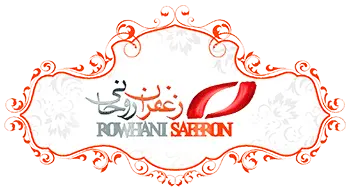
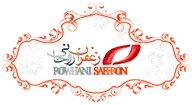
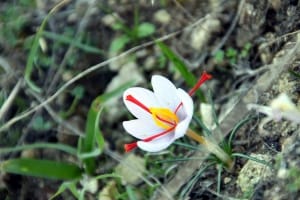
![Exporting Saffron to Turkey + Price Guide [Complete 0 to 100]](https://www.rowhanisaffron.com/wp-content/uploads/f1-372-500x383.jpg)
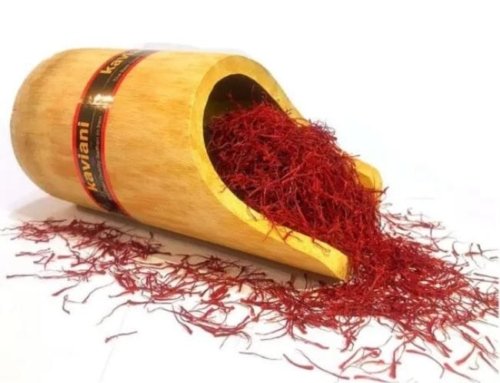
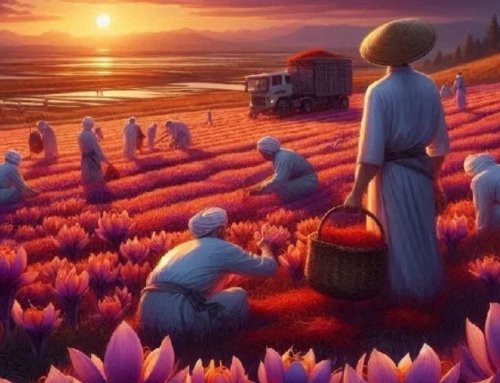
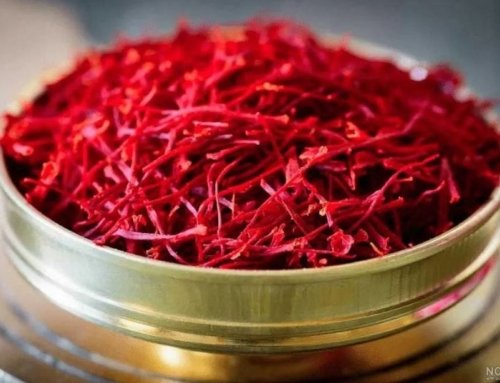
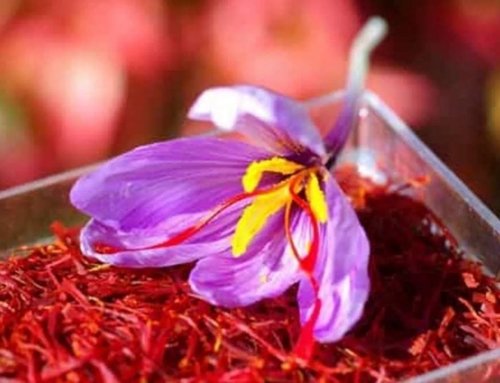
Get Social